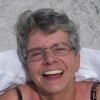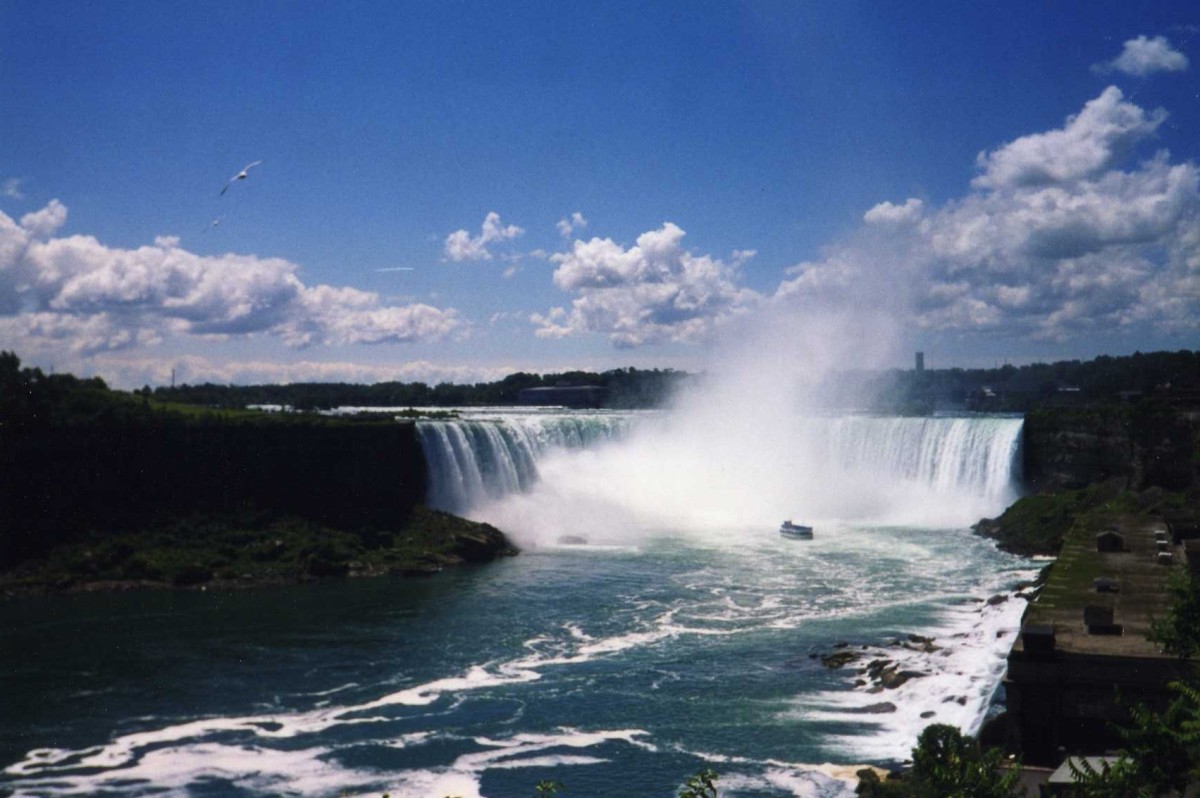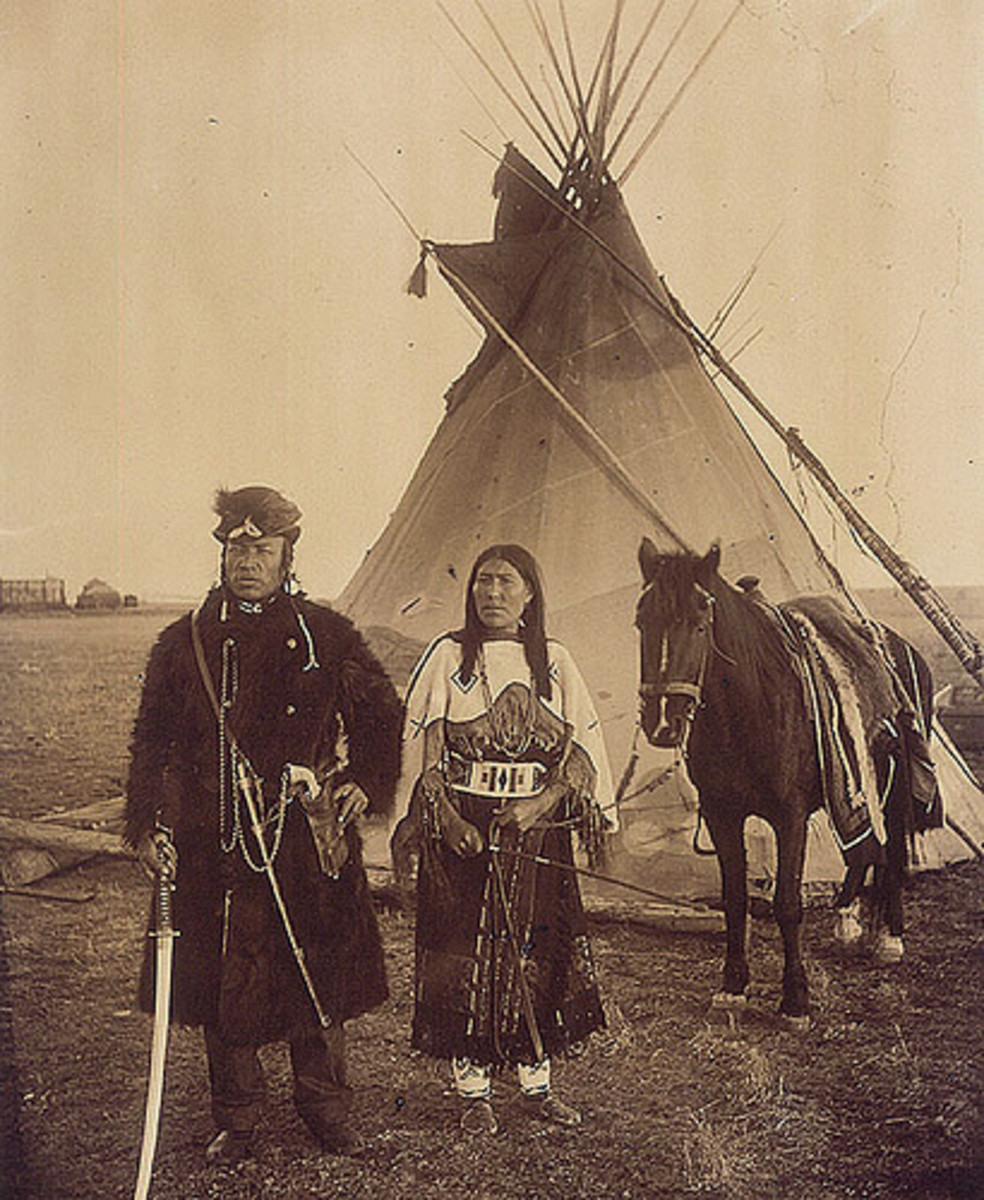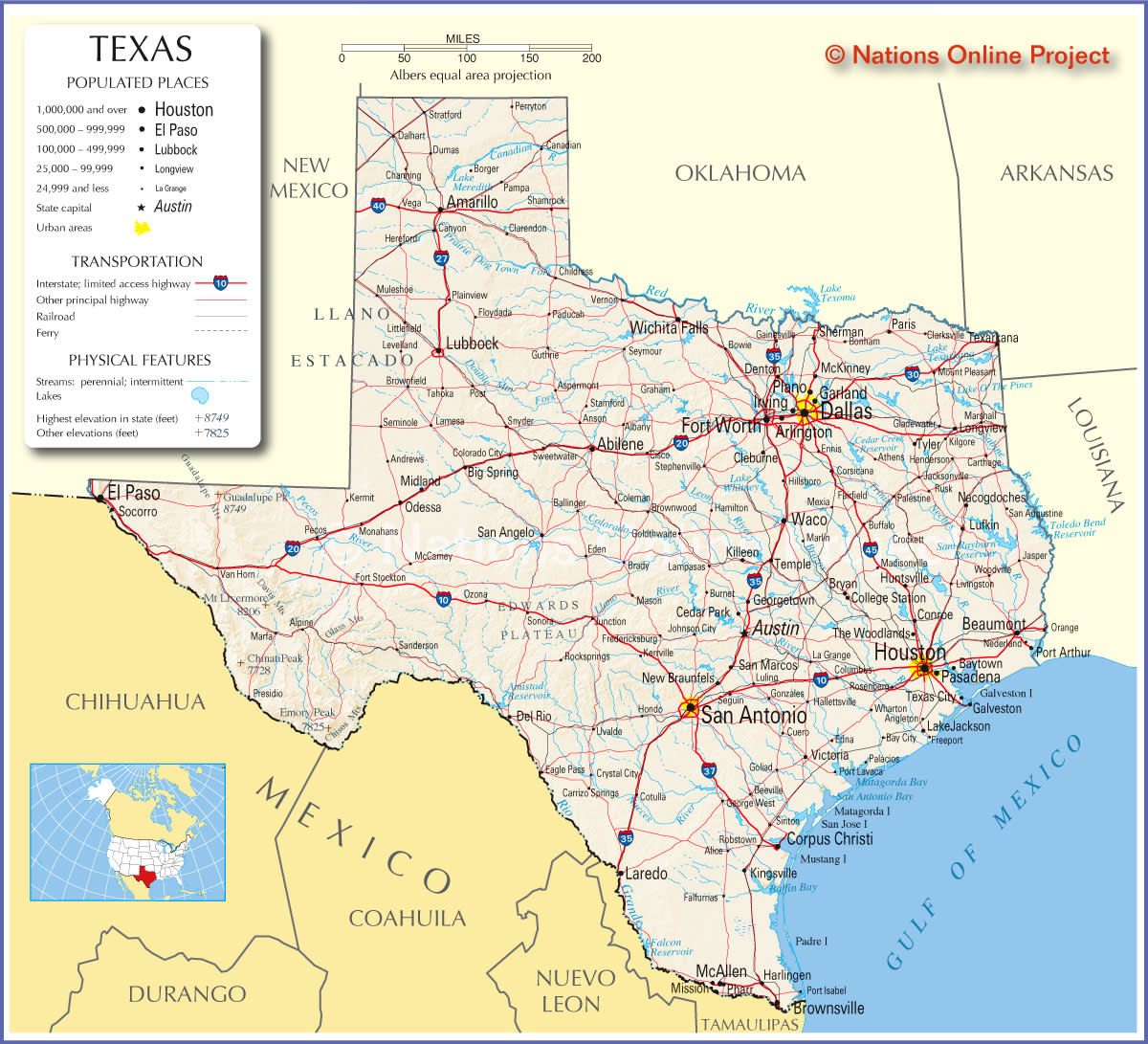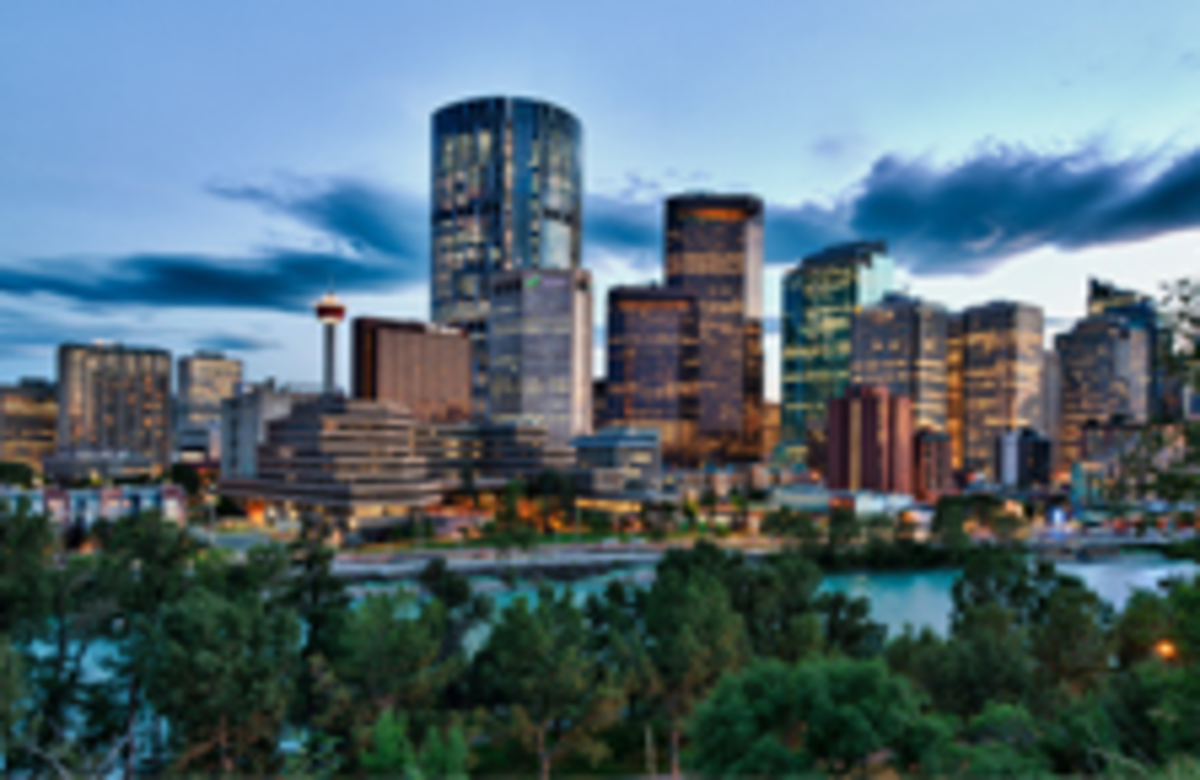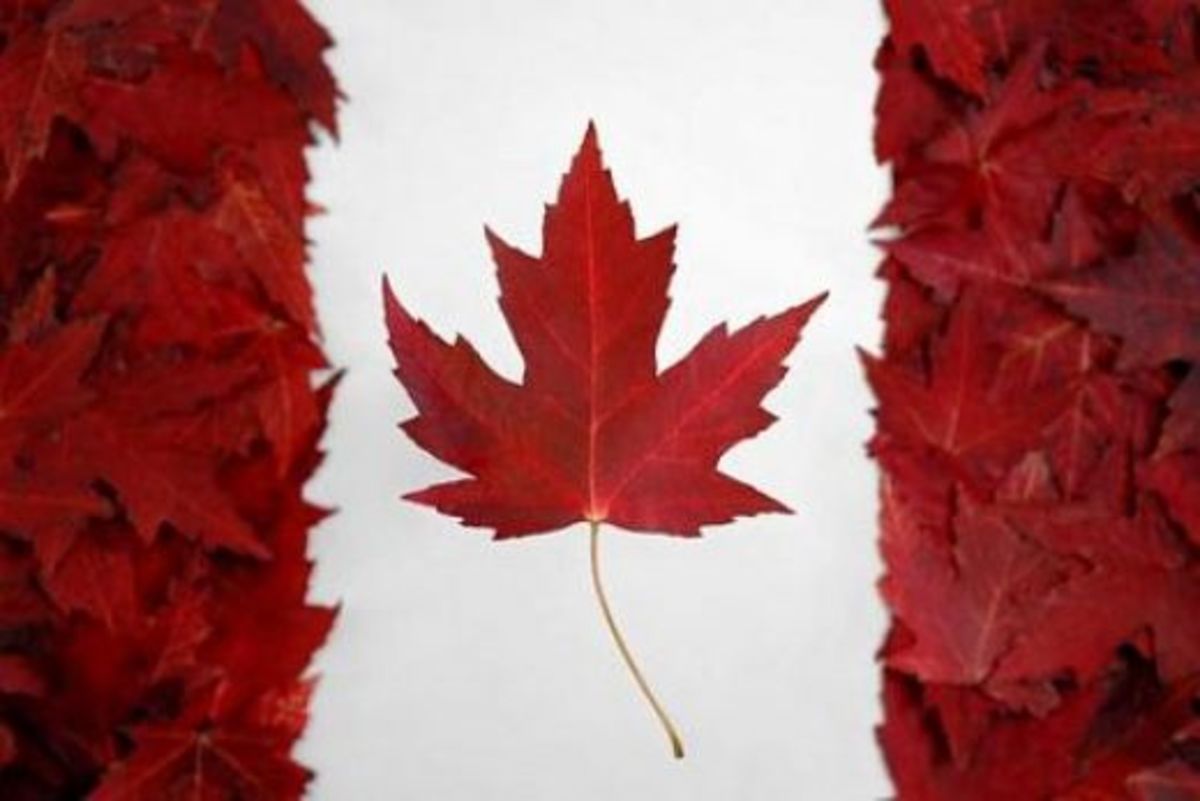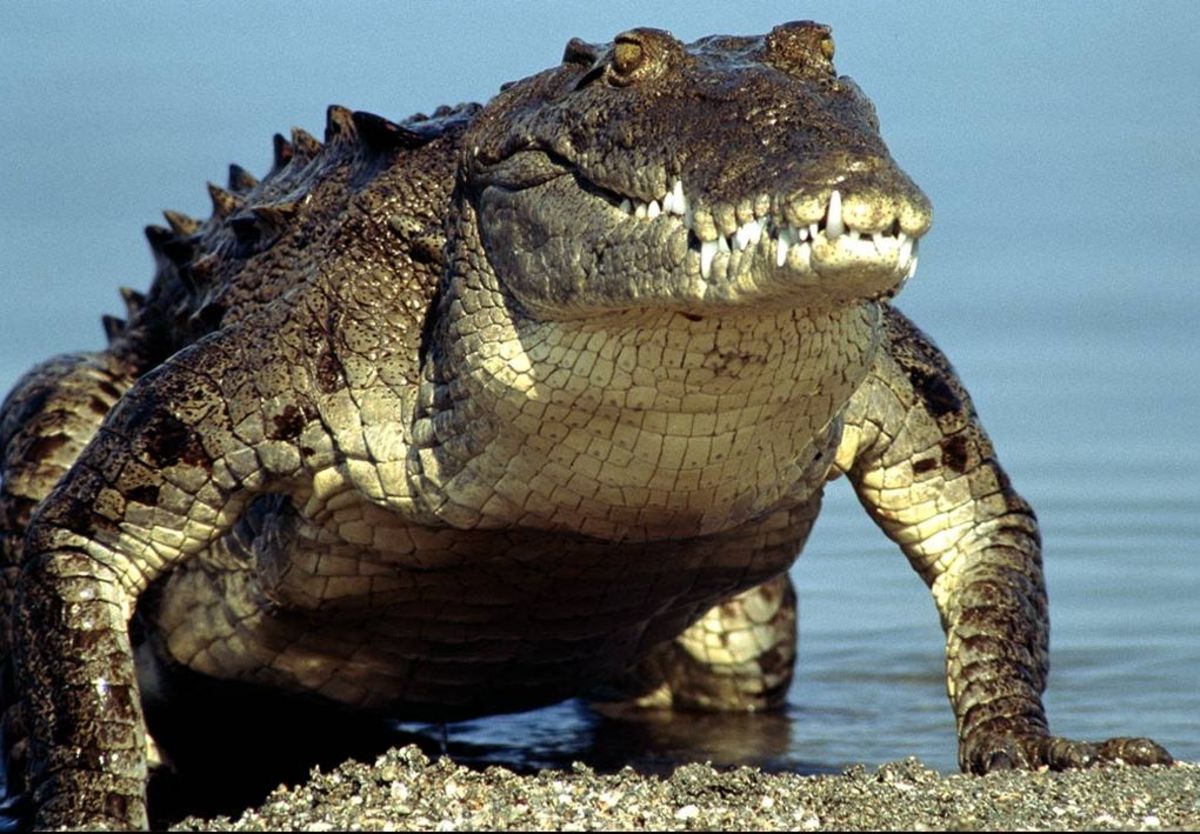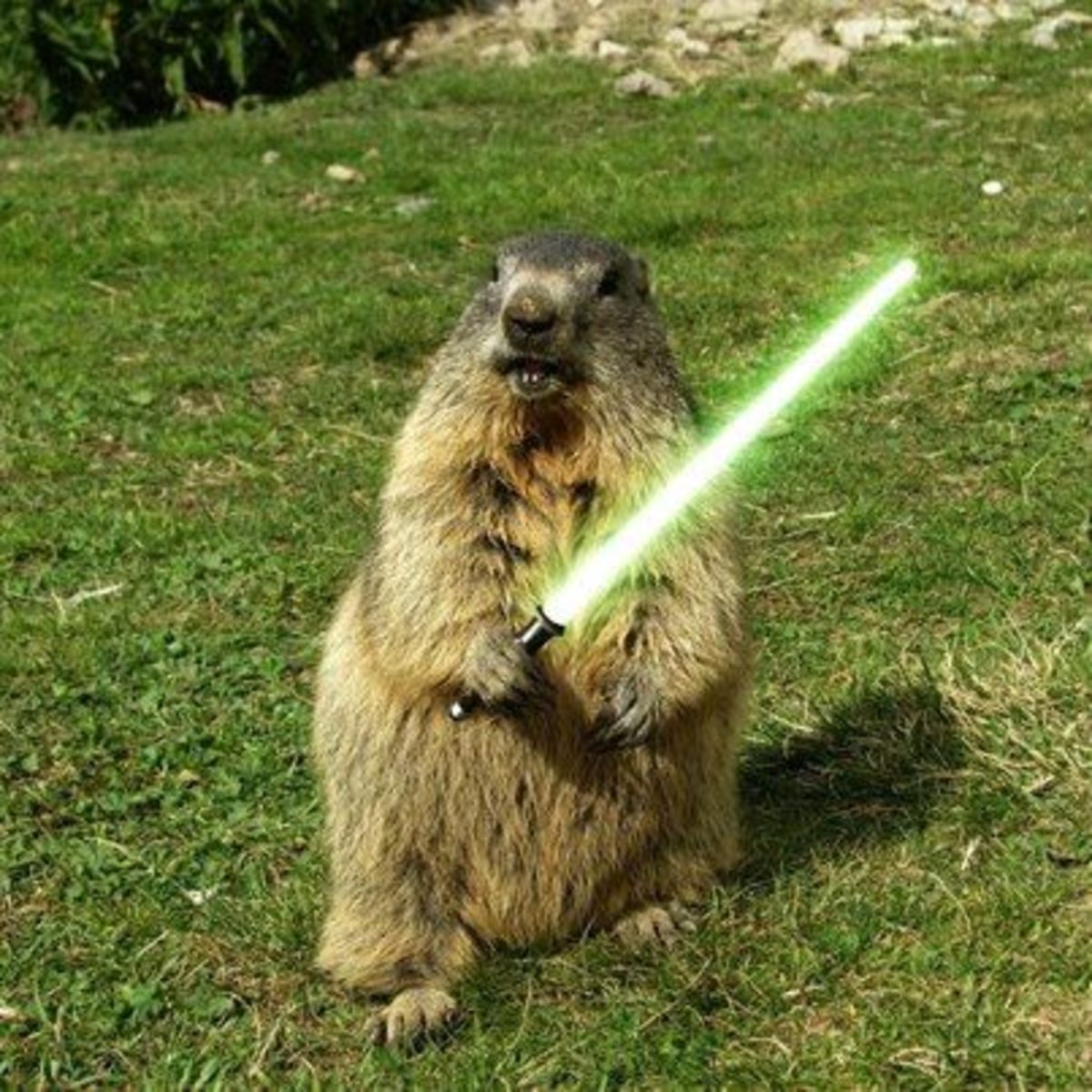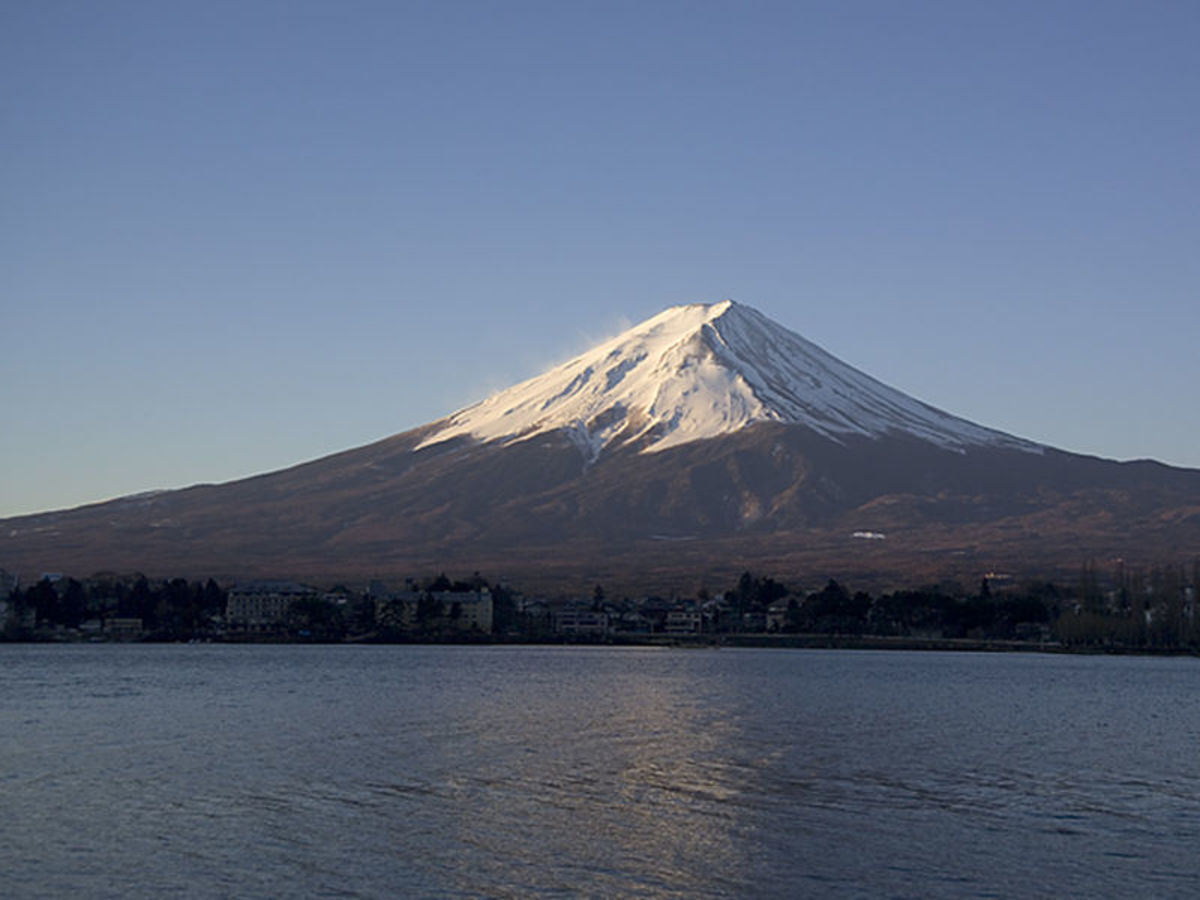Lynda's guide for Americans in Alberta
Where do Americans like to live (aside from in the U.S.)?
Which country (aside from the U.S.) has the highest population of Americans?
Popular legend says that more Americans live in Mexico than any other foreign country, with estimates close to one million people. But the U.S. State Department says 500,000 Americans live in Mexico, and the Mexican government’s best estimate is 125,000 – according to the permits they’ve issued, which everybody but the Mexican government laughs off as much too low. Finally, a consulting firm tackling the problem, (most likely for big bucks) issued a report and states there are around 150,000 legal American residents of Mexico and around 300,000 to 500,00 0 living there more or less illegally.
Americans living in Mexico as illegals? Well, why not?
So, although you can read in blogs and such that the American population of Mexico is over one million, this is not supported by the numbers. (If you can believe those or find two reports that agree.)
Why then, that would make Canada the country with the highest population of Americans outside of the U.S. (Which goes to show you – most people don’t like to travel too far from home.)
In all of Canada, there are roughly 750,000+ Americans as permanent residents, or 3% of the national population -- around 33,000,000 give or take.
But in Calgary, Americans make up 11% of that city’s population, or around 110,000 to 125,000 U.S. ex-pats living in a city with a population of one million. This makes Calgary the city with the greatest American influence. After all, 11% of the population is a sizeable chunk, no matter how you look at it.
Of course, all of these numbers are rough estimates. It seems the U.S.
ex-pats don’t all register, so it’s hard to get a true picture of just how many
Americans live among us. Who knows how many live outside of the major cities?
It appears those in charge of statistics don’t look at the smaller settlements.
For example, the hamlet of Cheadle, Alberta (pop 79) boasts 5 Americans, all married to Canadians, most of them residents of the country for ten years or more. Three have Canadian citizenship, but still call themselves Americans, and two are ‘landed immigrants’ enjoying all the rights of a citizen except that of voting.
How do I know this? I lived there for 11 years, and my husband was one of those five Americans. He’s from Louisiana; the others were from Colorado, Ohio, Pennsylvania and Michigan -- all in one tiny hamlet of 26 houses.
In Strathmore (pop 11,000,) ten miles away, we met dozens of Americans – the dean of the local Bible College -- from Utah, the owner of a beef genetics lab – from Missouri, an accountant from Chicago, a lawyer from Schenectady, and oodles of young people working on pipelines (illegally), stock yards (illegally), construction (illegally.) We even had some friends of ours from Florida come and stay with us for six months so he could work in the construction trade when things were so slow down here --- also illegally. Lots of illegals – yes, sir.
And twenty minutes away sits the city of Calgary, with an 11% American population. One night, my husband was thrilled to find a restaurant owner from some little town in Louisiana, and they were immediately brothers. Our neighbor from Colorado met someone he’d gone to school with at a Stampeders football game. We practically trip over the legal Americans (120,000 of them) but what about the illegals? And the tourists – don’t forget Banff is just an hour away. On any given day – how many Americans are in Alberta? Anyone's guess.
And why do they like Alberta so much? With an American population density almost four times the national average, it’s a valid question. Did Alberta attract Americans because of its U.S. like qualities? Or does the number of Americans living there give the province that flavor?
Who knows?
Well, this Albertan, sitting here in Florida, decided to do those Americans planning to go to Alberta a favor, and tell you all you need to know to fit in there – important information (especially if you’re illegal.) These rules don’t matter much in the cities,(cities all being the same these days no matter where you are) but out in the rural environs – they make all the difference.
A sampling of Alberta's beauty
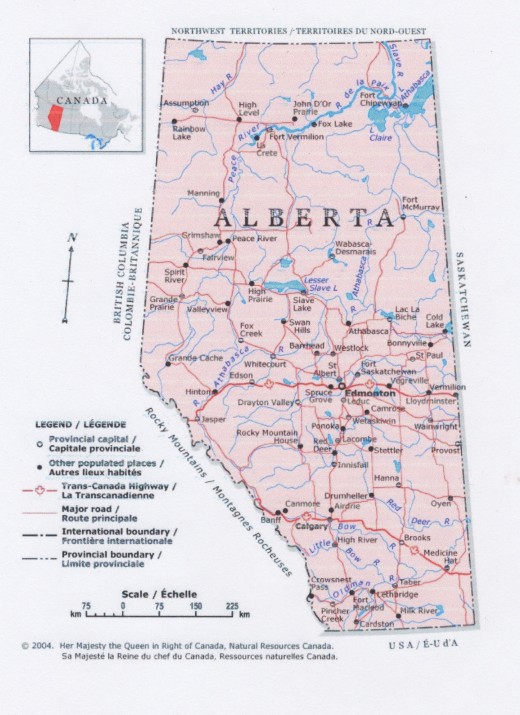
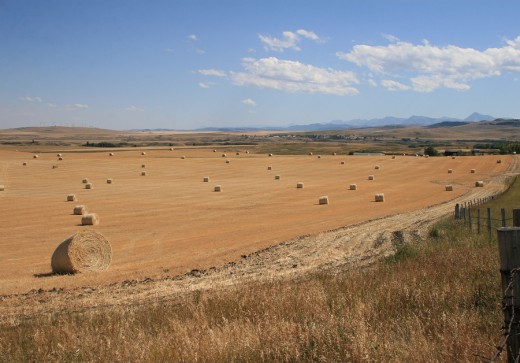
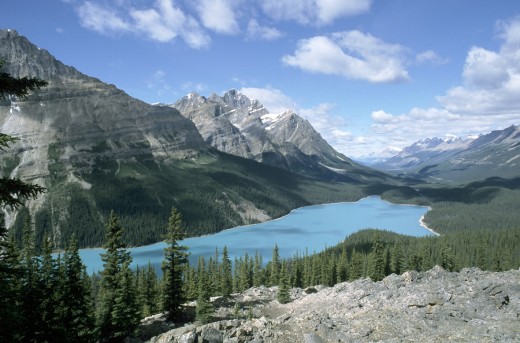
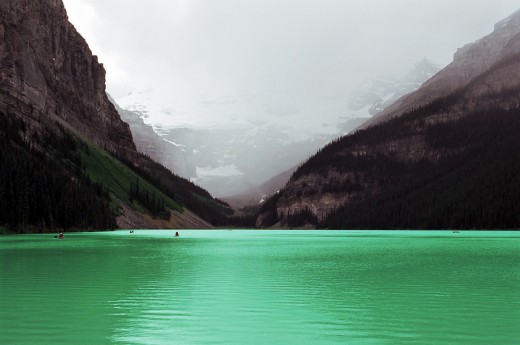
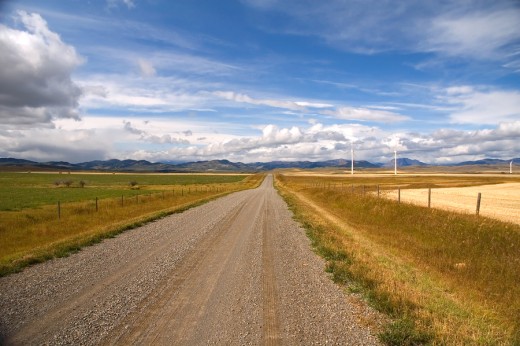
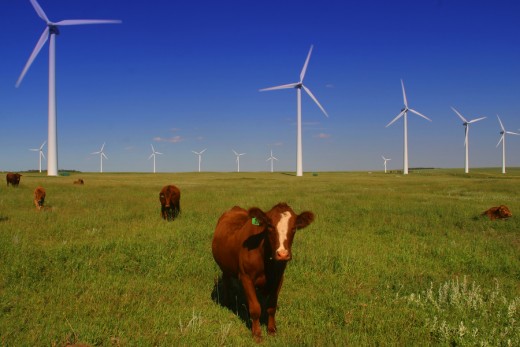
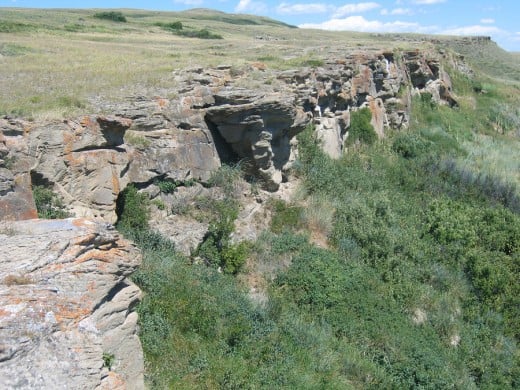
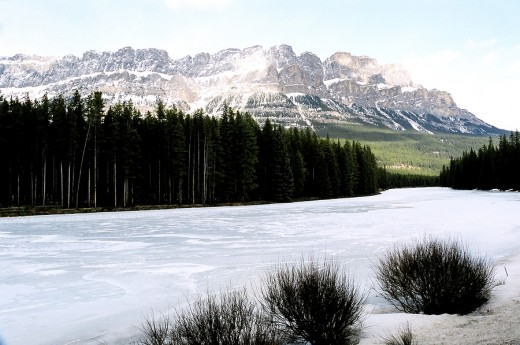
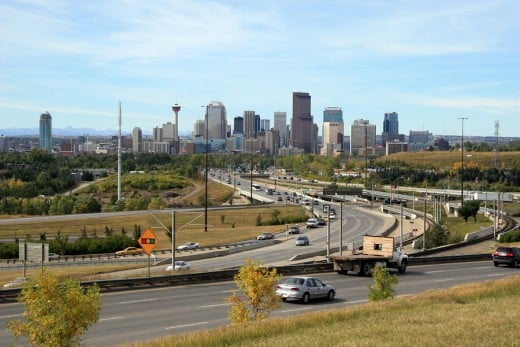
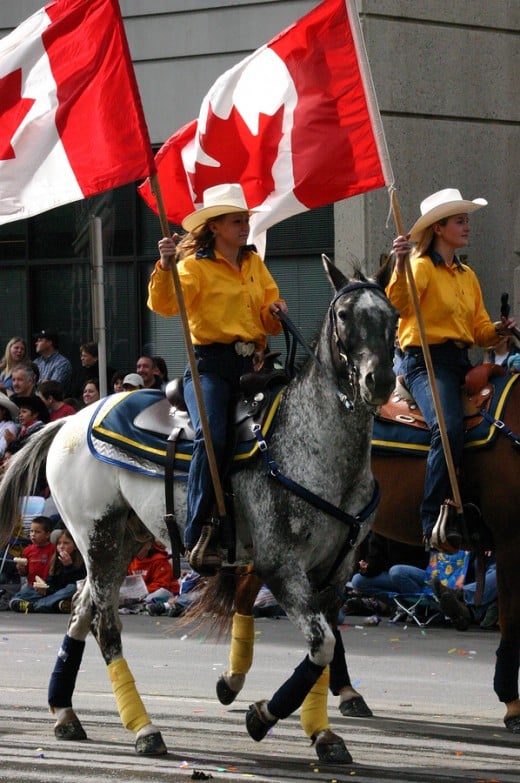
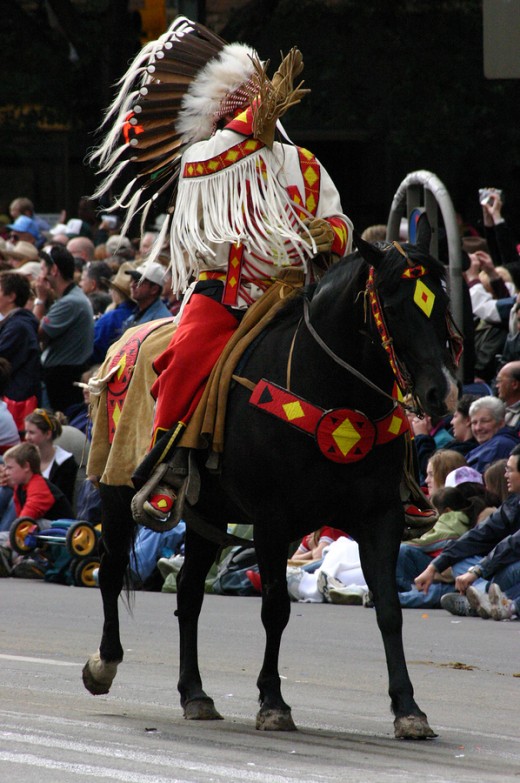
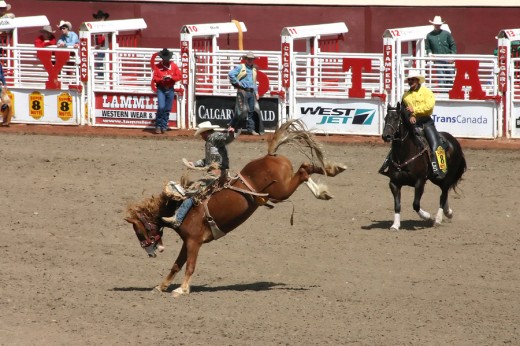
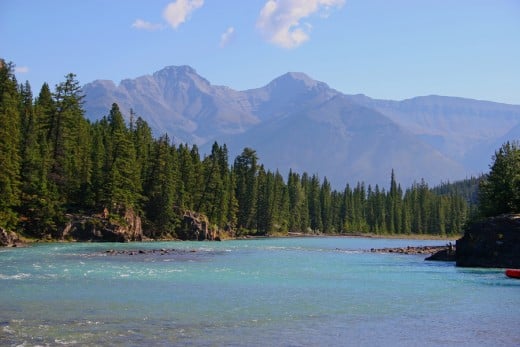
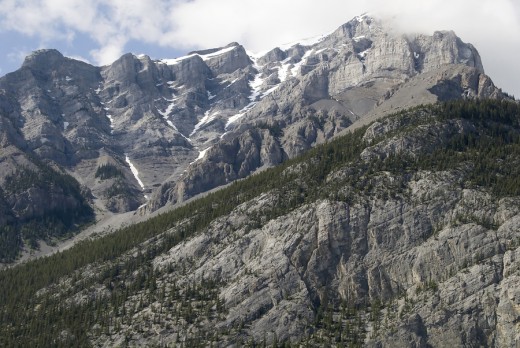
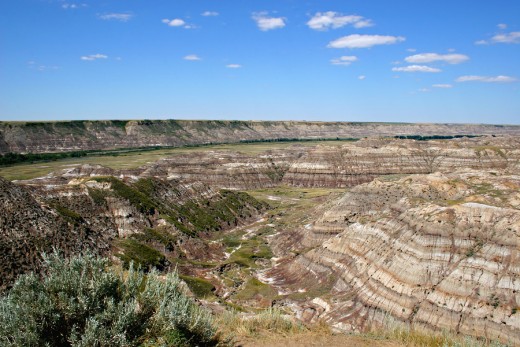
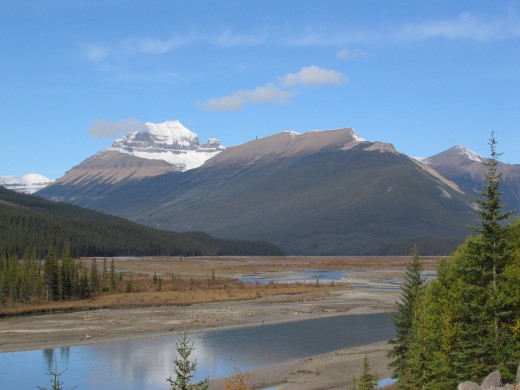
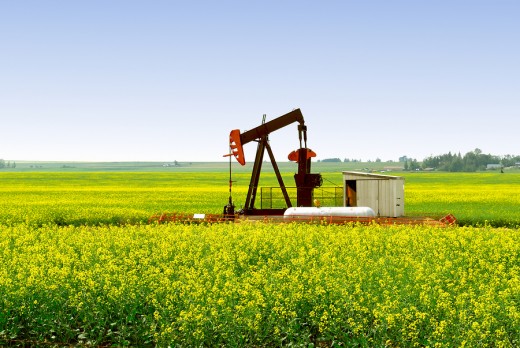
Rules for rural Alberta
CLOTHING
Men: Okay, listen up. You want to blend in, not stick out. So throw away your LLBean catalogue (and those plaid Bermuda shorts and Arnold Palmer shirts) and go out and buy the following:
- One pair boot cut jeans (preferably Wranglers, but definitely not designer labels.)
- One pair cowboy boots (one color preferably though two tones of the same color is acceptable. Do not buy snakeskin, alligator or black and white.)
- One belt – leather, tooled is fine, patent leather – definitely not.
- Silver buckle for belt – the bigger the better. If you don’t want to wait till you arrive, acceptable models can be found in Texas, New Mexico, Colorado, Wyoming, Montana, and parts of California.
- Shirts – tee shirts are acceptable but perhaps leave your stars and stripes co-ordinated outfit at home, although strangely enough, the Confederate flag has been appropriated by many Albertans. Also, don’t bring any with slogans like “America for Americans – report an alien.com”. However, anti gun control, anti NAFTA, anti Kyoto – all these are appropriate for Alberta. Oh – definitely no mad cow slogans – uh-uh! Albertans take their beef very seriously and they own a lot of guns. Snap down western shirts are considered formal wear – so grab a few in various colors.
- Hats – cowboy hats are definitely appropriate for Sundays and ceremonial gatherings, and caps are for everyday – but don’t wear them backwards or sideways unless your head is attached that way.
Note: recognizable U.S. urban wear – droopy pants – no; sports team apparel – yes
Women:
Same as men.
RULES FOR DRIVING
- Highway 1 runs east/west; Highway 2 runs north/south and both these highways are twinned. All others are single lanes and don’t forget that.
- We do not drive six inches from the bumper of the car in front of us.
- We do not pass on a hill.
- We do not give the finger to farm machinery.
- All other roads are gravel or dirt. There are rules for gravel and dirt roads: if you don’t drive a four by four avoid dirt roads during the spring thaw. If you drive a Lexus, a Corvette or a Cadillac – stick to the paved roads because no matter how slowly you drive you’re going to get dirt on your car, and you’ll get paint chips from the flying gravel when the frustrated locals speed by yelling, “Drive it, fool!” and “Get out of the way!”
- Gas is sold by the liter (spelled litre in Canada) and yes it is expensive. Don’t complain to us about it. The reason it is expensive is a mystery to us, because you buy Canadian gas (3/5 of your domestic supply) cheaper than we do, and we don’t like being reminded of that fact.
CATTLE
- Beef is a very important industry in Alberta. It’s an interesting fact that most of them start out on range in the fields, then go to a feed lot for “finishing” and lastly are loaded onto trucks and shipped across the border to the U.S. slaughter houses and then to your supermarket. Like steak? Then don’t complain about the smell. Get over it. Don’t mention it. You’ll only be told that’s the smell of money. Got it?
- If the smell of the stockyards really does make you sick, then avoid the town of Brooks. There are four major stockyards there, giving the town a ratio of fifty cows to every person. You can try putting Vicks under your nose, but it’s only a short term solution.
RESTAURANTS
Of course Calgary, Edmonton and the other larger centres (Cdn spelling) like Medicine Hat, Red Deer, Lethbridge, all have a good selection of restaurants, not up to New York’s level, but enough to keep the old taste buds happy.
But that changes once you leave the cities:
- The rural areas have a more restricted choice – meat and potatoes -- don't complain. You do have another choice -- don't eat.
- Don’t
look for vegetarian specials (although you can order the chef’s salad and pick
off the two pounds of turkey and ham.)
- Don’t ask for sushi; you’ll be sent over
to the bait shop.
- There are three spices available: salt, pepper and ketchup. Don’t ask for anything else.
- And just in case you get homesick, you can find a McDonalds just about anywhere in the major centres, but not out in the booneys. There you’ll have to break down and eat a real hamburger.
HOCKEY
- When you greet new Canadian friends, a safe subject for conversation is hockey, so you need to keep up.
- Remember
if your friend is male and Canadian, he loves hockey.
- If your friend is female
and Canadian, she drives her kids to hockey.
- Saturday night is official “Hockey Night in Canada.” Do not try to make plans to go out on a Saturday unless it’s to a sports bar.
Note: Think football and multiply it by a factor of one hundred and you have it.
- Do not make fun of hockey. This is the equivalent of spitting on the flag.
SPEECH
- The traditional greeting in Alberta is “Hey, how’s it going?”
- And the appropriate response is “Not bad.” If you are feeling poorly you may say “Not too bad.” But one is never good, or great. This will mark you as an outlander. Remember and repeat “Not bad.”
- When you want to know the location of something, you do not ask, “Where’s it at?” No, you ask, “Where is it?”
- We have roofs (rhyming with hooves) on our houses, not “roughs” and yards behind our houses, not “yahds.”
- It is easy to transform a declarative sentence into a query with the addition of “eh?” -- no need to rearrange the thought. For example, the statement “What a nice day” becomes a question when we do this “What a nice day, eh?” Simple, eh?
- You may say you all, but not y’all. They are enunciated as two distinct words. “Where are you all going?”
- When parting from friends, the last phrase uttered is “See ya.”
- The biggest city in Canada is Toronto (found in Ontario not Alberta) and considered by its inhabitants to be the centre of the universe. However, resist the urge to sound all its syllables as in To-ron-to. The appropriate pronunciation is “Tranta.” On that note, Calgary is “Calgry”. And Alberta is usually “Alberda.” These may sound picayune – but can spell all the difference between being spotted as a foreigner or fitting in. (Especially if you like working on that oil rig without an SIN – Social Insurance Number.)
- One last item, though it relates to spelling. When you go to the bank, or pay a bill, you do not write a check – it is a cheque. A check is one of this little marks put beside an answer that is correct. Don’t confuse them.
- We pronounce our Rs. I know this will be hard for many of you, particularly those from the eastern seaboard and some parts of the south, but Rs are a must.
- Good luck.
SNOW
- Anything less than five inches is not a blizzard; it’s a flurry and it
can happen anywhere, any time of year.
- Be prepared at all times.
- Southern Alberta has the most changeable, fickle, unpredictable weather to be found on the entire planet. It has something to do with the Rockies curving east and south, the high plains, and the expanse of the prairie.
- Snow arrives to stay around Halloween, and will accumulate all season long in the northern parts of Alberta.
- The southern half of the province is subject to a phenomenon called a “Chinook.” (Pronounced she-nook) This is a warm dry wind from the southwest that takes a day or two to build up and arrives suddenly. You can tell when a Chinook is building by the distinctive arch in the sky, called appropriately enough, a Chinook arch. These winds can raise the temperature by thirty to sixty degrees overnight, melting everything and bringing in enough barometric change to cause migraines and bone discomfort to the entire population. They recede as quickly as they arrive, leaving all that melt, the water and slush to freeze again, causing mayhem on the roads.
- If you drive a pick-up truck, you must put weight in the back or you
won’t go anywhere.
- If you drive a front wheel drive, have fun on the ice.
- Invariably, it snows immediately following a Chinook, coating the ice with a sloppy covering. Alberta driving takes a lot of practice and is not for the faint-hearted.
CULTURAL THINGS YOU SHOULD KNOW
- People in rural Alberta wave. You should wave back. If an oncoming vehicle approaches have one hand ready for that little salute. We call it being friendly and I know it’s a major adjustment for those of you who deliberately avoid any contact with strangers.
- When walking on the streets in our small towns, it is not only acceptable but mandatory to make eye contact and greet those you pass. A simple “Morning” will suffice. If you don’t, you are automatically suspect as being mean-minded, not from these parts and possibly a dangerous pervert.
So remember, wave while driving, make eye contact and have a greeting ready for everyone you pass.
MONEY
- We have coins for one dollar called a “loony” for the picture of the
loon on its face.
- We have a coin for two dollars, called a “twony” for obvious
reasons (though I think a doubloon would have been better.)
- Our paper notes for 5, 10,20,50,100, and 1,000 (which I’ve never seen) are all color coded, handy in dim lighting so you don’t mistake a five for a twenty.
- We don’t appreciate comments like “What the hell is this – monopoly money?”
or “Look at the funny money,” or complaints that the coins weigh too much in
your pocket. You’re in a different
country – remember? What did you expect Canada spent – U.S. greenbacks? So keep
the ridicule to a minimum.
- If you find it that amusing, you don’t have to carry any. We’ll gladly take your U.S. currency and pay just slightly less than the bank in exchange (if there is any.)
Remember, you’re trying to fit in, not advertise.
CANADIAN VIEWS ABOUT AMERICANS
I was shocked while researching what information was out there for Americans considering a visit or moving to Canada. Many articles wrote about anti-American sentiments in the country. One U.S. lawyer wrote an article “So you’re thinking of moving to Canada” in which he states:
"Consider the anti-American sentiment in Canada. This country’s only claim to existence is that it is not the U.S. You will find yourself lonely, unaccepted and cut off from your compatriots. And prepare to be sick, because the health care system is terrible."
Well, aside from the insult I feel in the second statement – what a hateful thing to say and so very untrue – the Americans living in Canada I know, and I do know quite a few and live with one, are as happy as they choose to be and I’ve never heard from any of them that they feel prejudice against them. It rarely comes up, because we’re not that different. Any anti-American sentiment you may run into is not the norm.
Alberta has the largest proportion of American population in all of Canada, and they are Albertans, same as everyone else. I don’t think it’s something to worry about. Not to say you won’t run into a nutcase now and then, but that happens anywhere.
I’ve spent my life in both countries and I’ve taken some nasty shots as a Canadian in the U.S. but don’t judge the entire country by it. My advice is take the same attitude.
As for the health care, my own experiences have all been good ones. Two years ago, my American friend had an accident fracturing a bone in her knee, and she did not have travel insurance. Her American insurance refused to cover her medical costs in Canada, so we had a problem.
The hospital in Strathmore charged her $500, for which she had eight x-rays, a consultation with an orthopedic surgeon, treatment, a removable cast, crutches, pain killers and two follow up visits. Not bad.
My advice – carry travel insurance. And if you should need care, go to the emergency room of any hospital, or a neighborhood walk in clinic. And don’t be afraid – you’ll be taken care of. Contrary to popular U.S. media myth, our doctors and facilities aren’t from the Stone Age, and our waiting lines don’t wrap round the block. An emergency will get immediate attention, but if you can wait, you will, while those sicker than yourself get priority.
Of course, if you are moving there, you’ll qualify for Alberta Health after three months of residency, and you too can fume about waiting two months for a diagnostic procedure (unless it’s an emergency) – but you won’t have to mortgage your house.
And if you’re one of the many illegals, try and put $500 aside – just in case.
BYE -- SEE YA
I hope you’ve enjoyed my introductory course to being an Albertan and my guide to life in rural Alberta.
I’ve posted some photos of Alberta – isn’t she beautiful?
And welcome!
